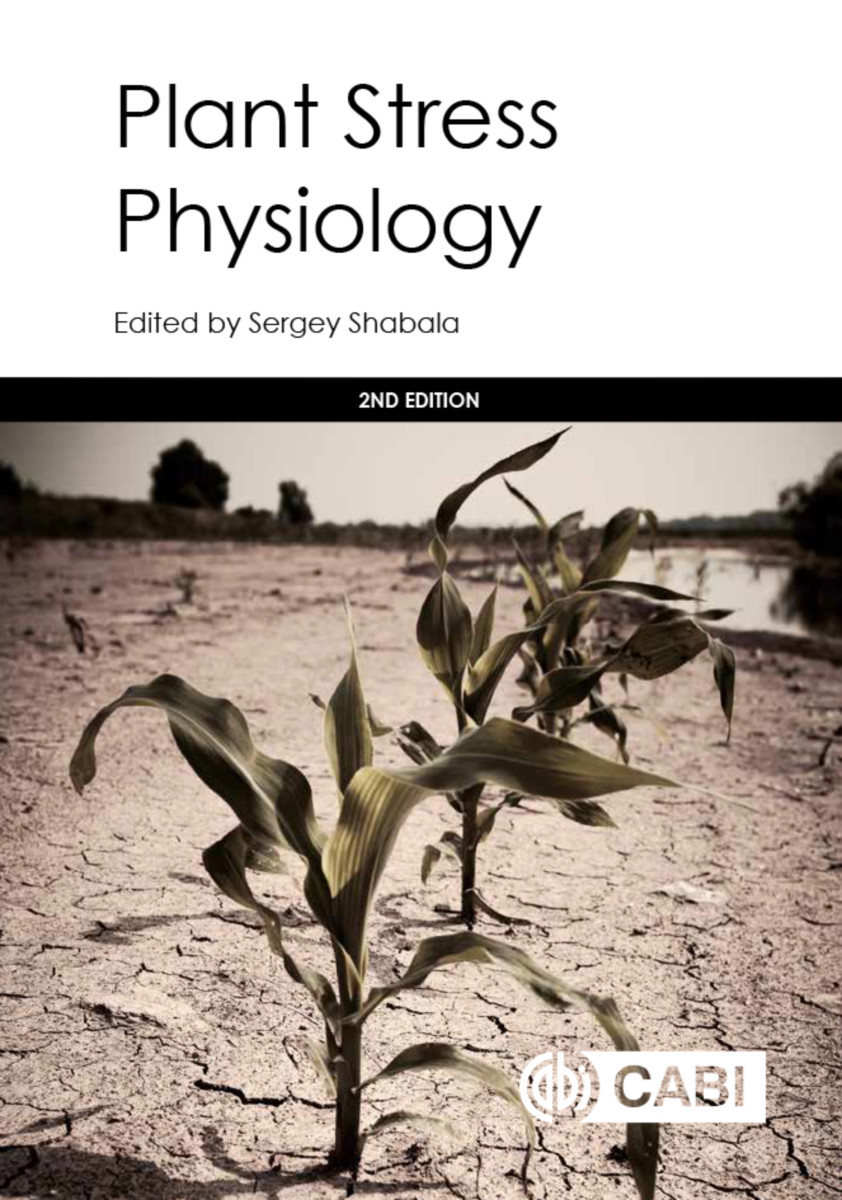Plant Stress Physiology Edition 2
- Publisher
CABI - Published
1st March 2017 - ISBN 9781780647296
- Language English
- Pages 376 pp.
- Size 6.75" x 9.5"
- Images figures, tables & color photos
Completely updated from the successful first edition, this book provides a timely update of the recent progress in our knowledge of all aspects of plant perception, signalling, and adaptation to a variety of environmental stresses. The text covers in detail areas such as drought, salinity, waterlogging, oxidative stress, pathogens, and extremes of temperature and pH.
This second edition of Plant Stress Physiology:
- Presents detailed, up-to-date research on plant responses to a wide range of stresses
- Includes new, full-color figures to illustrate the principles outlined in the text
- Is written in a clear and accessible format with descriptive abstracts for each chapter
Written by an international team of experts, this book provides researchers with a better understanding of the major physiological and molecular mechanisms facilitating plant tolerance to adverse environmental factors. It is an essential resource for researchers and students of ecology, plant biology, agriculture, agronomy, and plant breeding.
1: Drought Tolerance in Crops: Physiology to Genomics
2: Salinity Stress: Physiological Constraints and Adaptive Mechanisms
3: Reactive Oxygen Species and Their Role in Plant Oxidative Stress
4: Plant Responses to Chilling Temperatures
5: High Temperature Stress in Plants: Consequences and Strategies for Protecting Photosynthetic Machinery
6: Flooding Tolerance in Plants
7: Adaptations to Aluminium Toxicity
8: Plant Stress under Non-optimal Soil pH
9: Desiccation Tolerance
10: UV-B Radiation: from Stressor to Regulatory Signal
11: Frost Tolerance and Avoidance in Plants
12: Heavy Metal Toxicity in Plants
13: Biotic Stress Signalling: Calcium Mediated Pathogen Defence Programs
Sergey Shabala
Sergey Shabala is a Professor in Plant Physiology at the University of Tasmania, Australia. His major expertise is in stress physiology and membrane transport in plant, bacteria and animal systems. His 26 years of expertise in the field has resulted in ca 120 publications in international peer reviewed journals and over 2,300 citations and h-index of 28. He is routinely reviewing papers for over 50 international journals and acts as a reviewer for major funding bodies in Australia, USA, UK, and a large number of European countries. He is also an Editor/Editorial Board member on four international plant science journals. The Stress Physiology laboratory at the University of Tasmania he currently leads includes 15 members and collaborates with over 40 laboratories in 17 countries. Over the last 10 years he has hosted over 30 international visitors using the unique facilities for non-invasive microelectrode ion flux measurements; the so called MIFE technique he has pioneered in stress physiology research.


